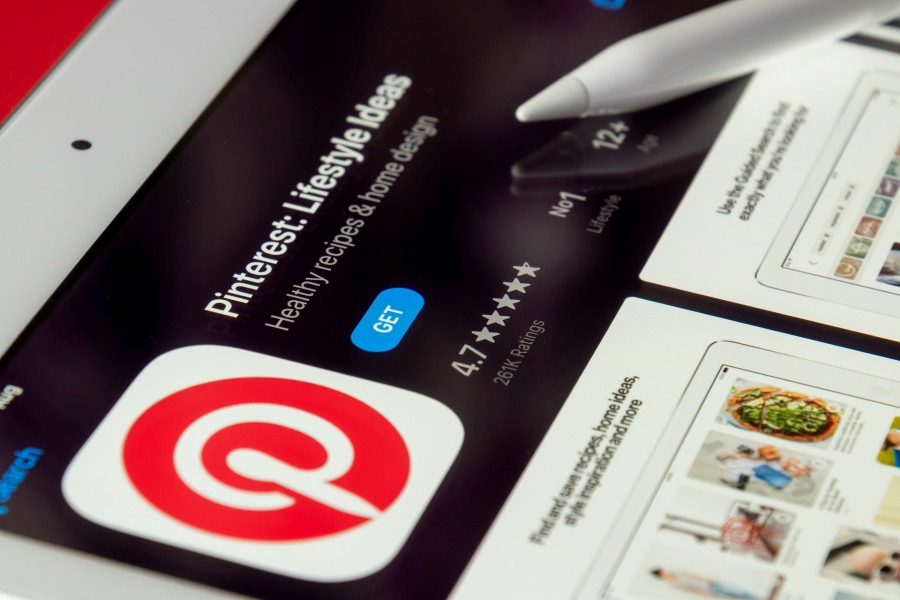
Two of the most important cogs in the grand engine of media advertising are media buyers and media planners. Without them, the creative elements of media strategy would be left without a connection to an actual platform, wallowing in the darkness of obscurity, away from the warm glow of the attention of potential leads.
Although they often get lumped together, media planning vs. media buying is actually a keenly fought battle, with both sides claiming to be of greater importance. In fact, it’s probably better to describe their relationship as symbiotic rather than adversarial, since both perform at their best levels when working in tandem.
So, what is the media planning vs. media buying debate really all about? Let’s look at the main differences.
Media Planning vs. Media Buying
One way to think of the two roles is like a driver and co-driver setting out on a long-distance road trip.
The co-driver, i.e. the media planner, decides on the best route to take, considering the car’s capabilities, previous journeys that have been taken and what they’d like to do along the way.
The driver, or media buyer, on the other hand, has the focus of getting them to all the key waypoints with maximum fuel efficiency and within the set timeline, making adjustments on the road to make sure they stay on track.
What is Media Planning?
Media planners are the ones who figure out what media will be the most effective platform for a new campaign. They conduct research, figure out the best way to achieve what the client wants, outline the campaign goals and objectives, and set how the budget should be spread across the various platforms chosen.
The Roles of the Media Planner
Conducting Internal Market Research: This helps them to uncover exactly what the client’s brand identity is, what their market proposition and unique selling points are, and what the particular customer persona is.
Conducting External Market Research: This is to assess the lay of the land in the client’s particular field. Media planners explore how the brand is currently advertising, what their competitors are like and what they’re doing, what motivates and attracts their target audience, and which media channels are the most effective in reaching them.
Setting Campaign Goals and Objectives: The meeting of minds between what the client wants to achieve and what the media planners believe they can and should achieve is probably the most important interface in a campaign.
Trust and confidence are crucial for any long-term relationship, which is why integrated agencies like Bloom Ads are able to give clients the clearest picture of how they are making every dollar work for them. Media planners can set goals that they know they are going to be able to reach, as long as they work side-by-side with media buyers.
What is Media Buying?
Once media buyers receive the media strategy from the planners, their goal is to make sure the campaign features on the most appropriate media channels and with the greatest cost-effectiveness.
This is a considerably specialized role, as good media buying requires an intimate understanding of the marketplace and the nurturing of relationships with media vendors over years. It’s not something that can just be picked up a couple of times a year. For this reason, it is most often performed by a specialist media buying agency, although buyers and planners can be integrated under one roof.
The Roles of the Media Buyer
Creating and Leveraging Contacts: In most industries, it can be more about who you know than what you know, and that maxim certainly applies in media buying. One of the reasons why media buyers are able to create such great ROIs for clients is because they know the right people in the right places.
Knowing Where the Space Is and How to Get It: As much as knowing the right people matters, a media buyer also needs to have an impressive understanding of exactly which media channels appeal to which cohorts of society. The ultimate goal is to find the perfect space to get the best return for the client, then negotiate like their life depends on it to get even more.
Tweaking and Perfecting Campaigns in Motion: Once the strategy leaves the planner’s hands, it becomes the media buyer’s baby. It is up to them to optimize the channels being used to ensure the campaign’s effectiveness throughout its lifecycle. During this period, the media buyer will have to be flexible, gathering and interpreting data about the campaign’s performance. Certain tools, such as real-time bidding for ad space and programmatic advertising, allow buyers to make instantaneous shifts in direction to keep the project aligned and on the right course.
While for some, media planning vs. media buying might be an actual dispute, with one side trying to outdo the other, in our experience, they work best when both are in harmony. That’s why we have always believed, and proved through our results, that an integrated approach to creating, planning and disseminating your message always delivers the best ROI for advertising spend. Talk to us and find out for yourself.



